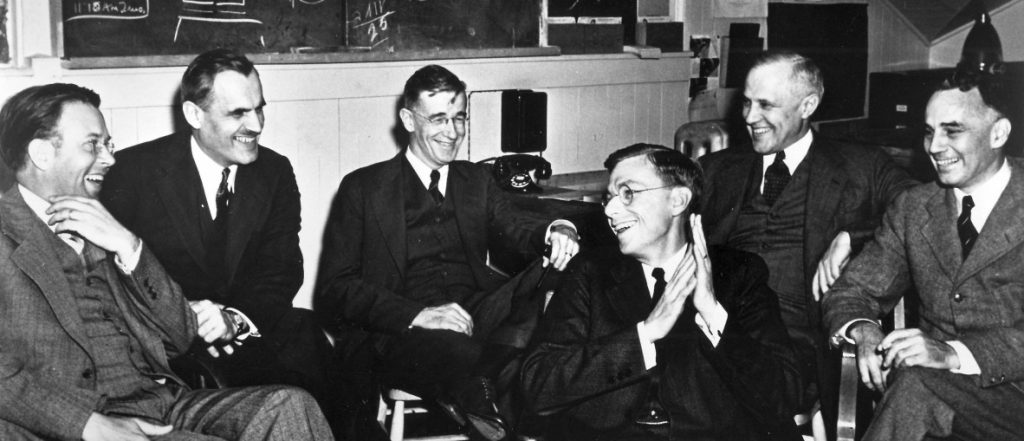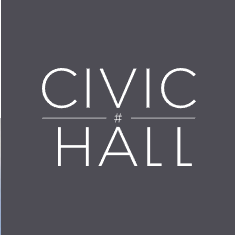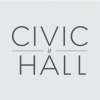WHEN CIVIC TECH AND URBAN SCIENCE COLLIDE
- ANTHONY TOWNSEND
- May 4, 2015
- 2:13 pm
Though much of our experience of civic tech to date has happened in the placeless plains of cyberspace, the next great frontier will be crafting the relationship between citizens and their connected urban habitats.

To kick off our coverage here at Civicist, we asked our contributing editors to share their thoughts on “What is civic tech?” We’ll publish their answers as they trickle in, and look forward to continuing the conversation in the weeks and months to come.
I recently spent my spring break devouring Red Plenty, Francis Spufford’s 2012 novel set in the 1950s Soviet Union. It is a tale of cybernetic utopia—the dawn of a might-have-been perfectly-planned industrial economy controlled by computers—where the physical world and the digital world are linked together in scientific synchrony. As I read, it became clear to me that the same trends will direct the future of the civic tech movement, bringing both a new scientific sensibility and a decidedly physical dimension to its computations.
Science has been a stranger to civic tech, despite its deep roots in human efforts to deal with the challenge of cities. Take the term “civic” itself. In civic tech, we use the contemporary meaning of “the rights and duties of citizens in relation to their community.” But in the late 19th century, the first urban planners used a different meaning as a call to arms. For them, “civics” described the application of new social science methods to the wicked problems of the industrial city. Civics was about better management, not mass indoctrination.
In the middle of the 20th century, the promise of digital computing breathed new life into these ambitions. Almost as soon people invented the idea of computers, they started fantasizing about using them to predict and control the behavior of society. Early theorists like Vannevar Bush, who oversaw the Manhattan Project, understood that these applications would in fact drive the evolution of the technology. As he wrote in 1945, at the dawn of the information age, “There will always be plenty of things to compute in the detailed affairs of millions of people doing complicated things.”
Fast forward to the early 21st century and cities and computers are again evolving together. As the pace and scope of global urbanization accelerates, computing is moving off of our desktops and into the buildings, vehicles and streets around us. Though much of our experience of civic tech to date has happened in the placeless plains of cyberspace, the next great frontier lays in crafting the relationship between citizens and their connected neighborhoods. The social web of our cities is about to get plugged into the internet of urban things.
I’m not alone in my hope that new knowledge gained through science can help us build better cities. An archipelago of laboratories spanning the globe has spun up in the last decade, from Boston to Mumbai, to invent the technologies and do the research to understand how cities work, and how to get people to live safer, more productive, more sustainable lives in them. Their approach? Deeply quantitative and heavily computational investigations into the processes of how cities grow, thrive, stagnate, and decline in response to human actions. Behavioral science has made huge strides in public policy recent decades. But we haven’t seen anything yet.
Civic tech will indeed be transformed by the lessons of this new urban science. But it will also push back against its technocratic urges. Civic tech’s pioneers have figured out how to thrive on decentralized participation and collaboration, which will be key to understanding and innovating in a messy and fast-changing urban world. The Soviets tried to create a remote control for the entire industrial economy, to control all the factories from the Kremlin. The smart city’s scientists will need to learn to know when to loosen the reins. The civic tech movement will show them when and how.

